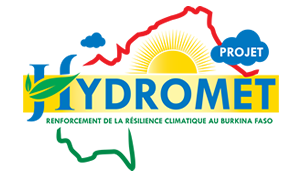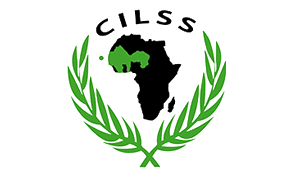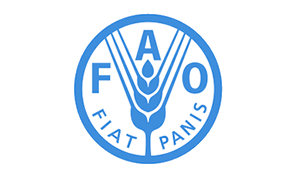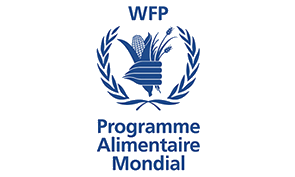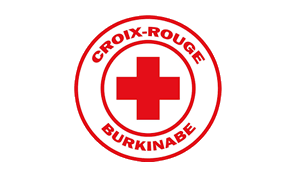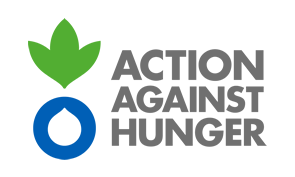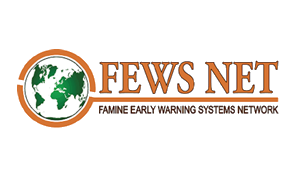SAP activities
The qualitative monitoring of the agricultural campaign
Carried out in good coordination with the GTP, the monitoring of the agricultural campaign revolves around field missions, the use of information transmitted by the technical ministries and the analysis of satellite images since 2005. This monitoring has been carried out. proved particularly valuable during the 2007/08 campaign since it allowed to relay concerns about the unfolding of the end of the season when the EPA investigators had passed at a more favorable time. In addition, it helped estimate the impact of floods on the food situation.
Assessment of the agricultural season and the food situation
From the forecast results of the EPA and other necessary sources of information, the SAP prepares the provisional national cereal balance sheet and determines the coverage rate for each of the provinces. This last index, supplemented by the municipalities affected by floods and drought at the end of the vegetation cycle, constituted in 2007/08 the targeting parameters of the ZARs. These analyzes are presented successively during an internal workshop at the ministry in the presence of regional representatives and then the following day to all ministries, partners and organizations in the public and commercial sectors. These workshops to present the results of the agricultural and food campaign show a desire for consultation and transparency on the part of the DGPSA on results which have not always been unanimous.
Identification of vulnerable populations
The period from November to March is taken advantage of to ensure an analysis of the ZARs with a larger number of variables (changes observed in the sources of income and the supply of populations, appearance of warning signals). Two or three monitoring missions are organized on the basis of an interview guide and a questionnaire. The latter leads to an assessment of the food situation by calculating a score assigned to each variable. A relative ranking of the municipalities in each of the regions is carried out and the most affected villages identified.
Nutritional data
Introduced in 2004 in the EPA, the collection of nutritional (MUAC) and health data makes it possible twice a year to know the evolution of malnutrition rates at national and regional levels. Confirming the complexity of the links between individual nutritional status and food availability, surveys were unable to establish a correlation between the amount of cereal production and MUAC measurements. The use of the latter as a warning indicator [1] remains to be demonstrated. In collaboration with the working group on nutrition, a complementary nutritional survey was carried out in 2006/07 to verify the adequacy of MUAC measurements, their correlation with other anthropometric measurements and situation assessment variables. food (dietary diversity, food insecurity scale). SAP is therefore engaged in an iterative process of improving these tools, an approach supported by CILSS [2]. This prudent choice is to the credit of SAP in its quest for renovation.
Monitoring of the food situation by the regions
For the past few months, area officials from the Ministry of Agriculture have been filling out a socio-economic sheet describing the evolution of the food situation by municipality. In the regional capitals, the SAP / relay, a multi-stakeholder commission, is responsible for validating an “editorial” produced using information from the socio-economic files. It is too early to take stock of these activities, but the persistence of local and regional dynamics on food security issues is undoubtedly a major asset for improving the EWS.
The publications
The SAP is directly responsible for the publication of reports (October and February) at the end of the agricultural season and the assessment of the food situation. In the past, it has worked on a monthly publication which it seeks to revive with the emergence of regional publications. It participates in the publications of the Central Information Office such as AgriAlerte, the quarterly food security bulletin or the annual report on the development of food security in Burkina Faso.
Conclusions
After a phase of slow operation, SAP gradually intensified its monitoring activities for the food situation, questioned and then diversified the analysis tools and integrated nutritional data. This revival was carried out in a favorable environment (institutional clarification, State-partner cooperation agreement and adoption of the PA / SISA) and thanks to new sources of financing. These conditions have been shown to be necessary but not sufficient to improve significantly.
